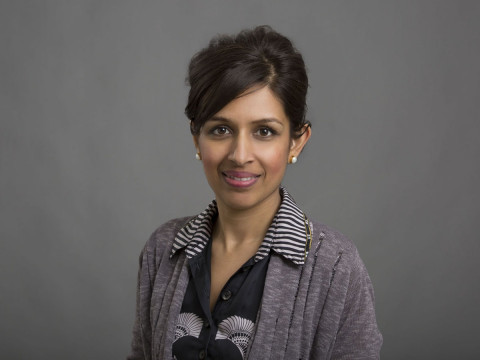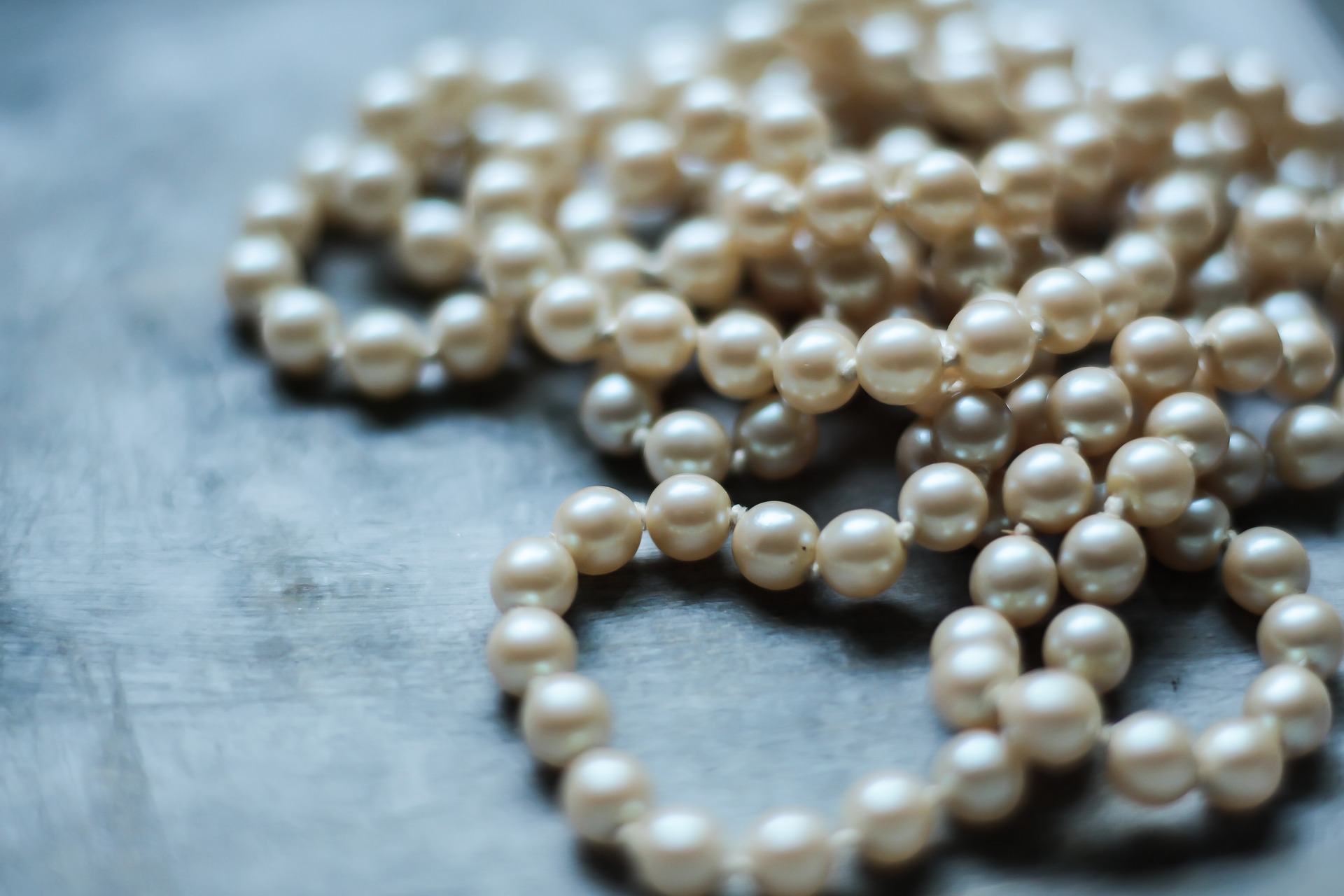July is a time for transitions. Students are transitioning to clinical training in clerkships and into autonomous practice in internship. Graduating residents and fellows are transitioning into independent practice as attending physicians. For those in the autumn of their careers, there are perhaps transitions to non-clinical roles, or better yet, retirement.
Several theories of transition have been described in the literature. Atherley et al. described three conceptual perspectives to illustrate a learner’s transitions through the medical education continuum. These are: educational, social, and developmental. Unsurprisingly, each of these conceptual perspectives has associated with it feelings of struggle, difficulty, anxiety, and stress. These tensions can arise when there is no shared mental model of expected performance between trainees, supervising faculty, and governing bodies.
There is good news, however. Some interventions have been shown to improve the transitioning experience of learners.
Educational Perspective: Expectations of knowledge and skills can be made transparent, and reviewed, through bridging courses, such as transitions to residency courses. Utilizing milestones and EPAs can provide both faculty and learners with a longitudinal view of expectations of clinical competence.
Social Perspective: Learners need to develop relationships with new colleagues or supervisors and understand cultural norms. This may be achieved with near-peer support and mentoring or coaching programs.
Developmental Perspective: Learners may be faced with new forms of information packaged in unfamiliar ways, and thus learning styles may need to be adjusted to achieve success. Gaps may be identified through reflective practice and one-on-one interviews with program leadership, as is done in biannual reviews with program directors, or through feedback from clinical competence committees.
While there are rules governing competence and demonstration of readiness for practice during training (such as milestones and EPAs), these do not govern the behavior of our trainees, or indeed our faculty. Bourdieu describes in his theory of practice an interplay between the individual and the environment in which they function. The “habitus” (the way an individual perceives and reacts to the world) of the individual learner will affect how they interact the “field” of the clinical learning environment, which includes the explicit experience we curate for the learner, and the implicit experiences the learner may encounter.
Habitus shapes our physiological and emotional responses and is a result of historical encounters codified into practice. Habitus is not a fixed way of being, it can be changed with new experiences to trigger new responses. The clinical field, on the other hand, has aspects that we (the faculty) and learners have little control over, and aspects that both faculty and learners can adjust to suit contextual needs. A clinical learning environment that supports expression of concern and mistakes without fear of judgement or retribution can support psychological safety, feelings of self-worth, professional identity formation and indeed learner and their teams’ performance. Times of transition provide us opportunities for reflection on the practices that we promote – whether consciously or unconsciously – that are generative and will result in the types of doctors we wish to produce, and those practices that are reductive and may result in inequalities. In other words the field, or clinical learning environment, that we curate, has the power to affect our learners’ habitus.
Finally, it is imperative to understand that transitions do not occur in one fixed timeframe, rather transitions represent a journey for medical trainees. As curators of experiences for our learners, it is our privilege to walk alongside trainees and junior colleagues in their journeys.
What are the strengths and limitations of your habitus? What are the things said and unsaid in your field that may influence your learners’ experiences? How can you partner with your learners to make their transition an active dialogue to promote psychological safety?
#MedEdPearls are developed monthly by the Central Group on Educational Affairs. Previously, #MedEdPearls explored topics including returning to campus with intention, optimizing the clinical learning environment for the learner and the teacher, and counseling and remediating the struggling medical educator.

Shanu Gupta, MD FACP, is an academic hospitalist at the University of South Florida. Her interests include transition to residency training, entrustable professional activities, faculty development of clinical educators, and curricular design. Shanu can be followed on Twitter and LinkedIn or contacted via email.
#MedEdPearls

Jean Bailey, PhD – Virginia Commonwealth University School of Medicine
Carrie Bowler, EdD, MS, MLSCM (ASCP) – Mayo Clinic
Kristina Dzara, PhD, MMSc (Educators ’16; Assessment ’16; HCE 2.0 ’17) – Saint Louis University School of Medicine
Shanu Gupta, MD – University of South Florida and Tampa General Hospital
Jennifer Hillyer, PhD – Northeast Ohio Medical University College of Medicine
Larry Hurtubise, PhD (HCE 2.0 '16) – The Ohio State University
Anna Lama, EdD – West Virginia University School of Medicine
Machelle Linsenmeyer, EdD, NAOME (Assessment ’07) – West Virginia School of Osteopathic Medicine
Rachel Moquin, EdD, MA – Washington University School of Medicine in St. Louis
Stacey Pylman, PhD – Michigan State University College of Human Medicine
Leah Sheridan, PhD – The Ohio University Heritage College of Osteopathic Medicine
Lonika Sood, MBBS, MHPE – Elson S. Floyd College of Medicine, Washington State University
Mark Terrell, EdD – Lake Erie College of Osteopathic Medicine
Stacey Wahl, PhD – Virginia Commonwealth University School of Medicine

